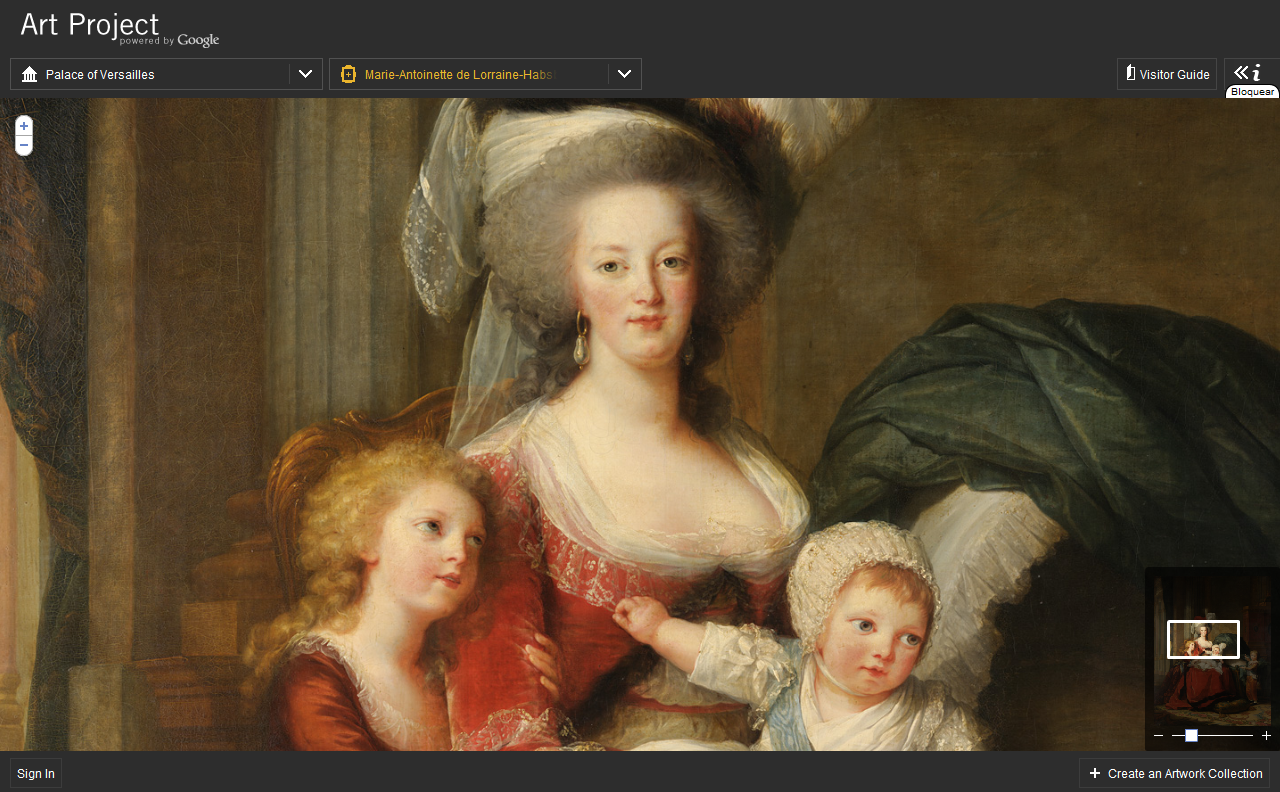
Virtually visiting the world’s most renowned art museums, free of charge and even at the convenience of your location, is now possible through the recent release of Google’s “Art Project.”
The concept was born as a “20% project”, which is the time-percentage Google allows employees to build and develop their own ideas. It began with a small group of art lovers at Google who wished that international art galleries could be made more accessible to the general public. Taking their infamous “Street View” cameras inside 400 different gallery rooms worldwide, the project covers exhibits including The Museum of Modern Art in New York City, The Uffizi Gallery in Florence, and The State Hermitage in St. Petersburg.
Each of the galleries has selected one piece of artwork to be photographed in staggeringly high resolution, with each of the 17 images containing around 7 billion pixels.
Alongside the Project’s unveil on Feb. 1 came an array of mixed emotions from the public. The general consensus among Puget Sound students and faculty seems to be one of agreement upon the Project’s pros greatly outweighing the cons.
“Nothing is one-hundred percent good or bad—but, art is a major media that will influence people’s views on nature, society, human relations, and the self,” Puget Sound Art Professor Zixin Hong said. “While the Project could be a great thing, technology also has the ability to destroy the visual culture, inch by inch,” Hong added.
Freshman Rafi Ronquillo worries that the Art Project’s effects will be negative, and maybe even irreparable.
“I think it’s kind of scary, because art loses a lot of value when it goes from being an original to a digital copy. Google is placing the significance in the electronic interface, destroying the value altogether,” Ronquillo said.
Hong and Ronquillo both spoke of technology as a current issue in areas other than just art.
“In a way, art is similar to music, and there is an incredible difference between recorded and live music. Art is just one of those mediums, best appreciated in the environment which it is created,” Ronquillo said.
Hong also noted that the Kindle is a similar example, as many believe electronic readers will never produce the same effect as reading from a ‘real’ book.
Ronquillo’s fear lies in what the future of Project Google may hold. “Eventually, tech art will probably be better than the real thing, and then people might say, ‘What’s the point of going to the museum? I saw it already.’”
Professor Hong believes digital art could never act as a replacement and speaks reassuringly, “The ancient context of art is very different, for it is only available to a handful of privileged people. However, I do not see Google’s Project decreasing the value of art, in fact, the value will probably increase with popularity.”
Art major Skye Pascall views Google Art as a great thing. “It’s amazing to see the superior quality Google has recreated; it is much better than many textbooks and other forms of imitation I’ve seen,” Pascall said.
That being said, she went on to express disappointment in the lack of Western US Art. “The museums that have been covered don’t necessarily offer online access for every exhibit,” Pascall said. “Ultimately, I would never choose viewing something online over visiting it in person.”
Though no artfully modeled 3D rendition will ever replace an original, Google’s new project does accomplish what it set out to do, and that is make art more accessible.
